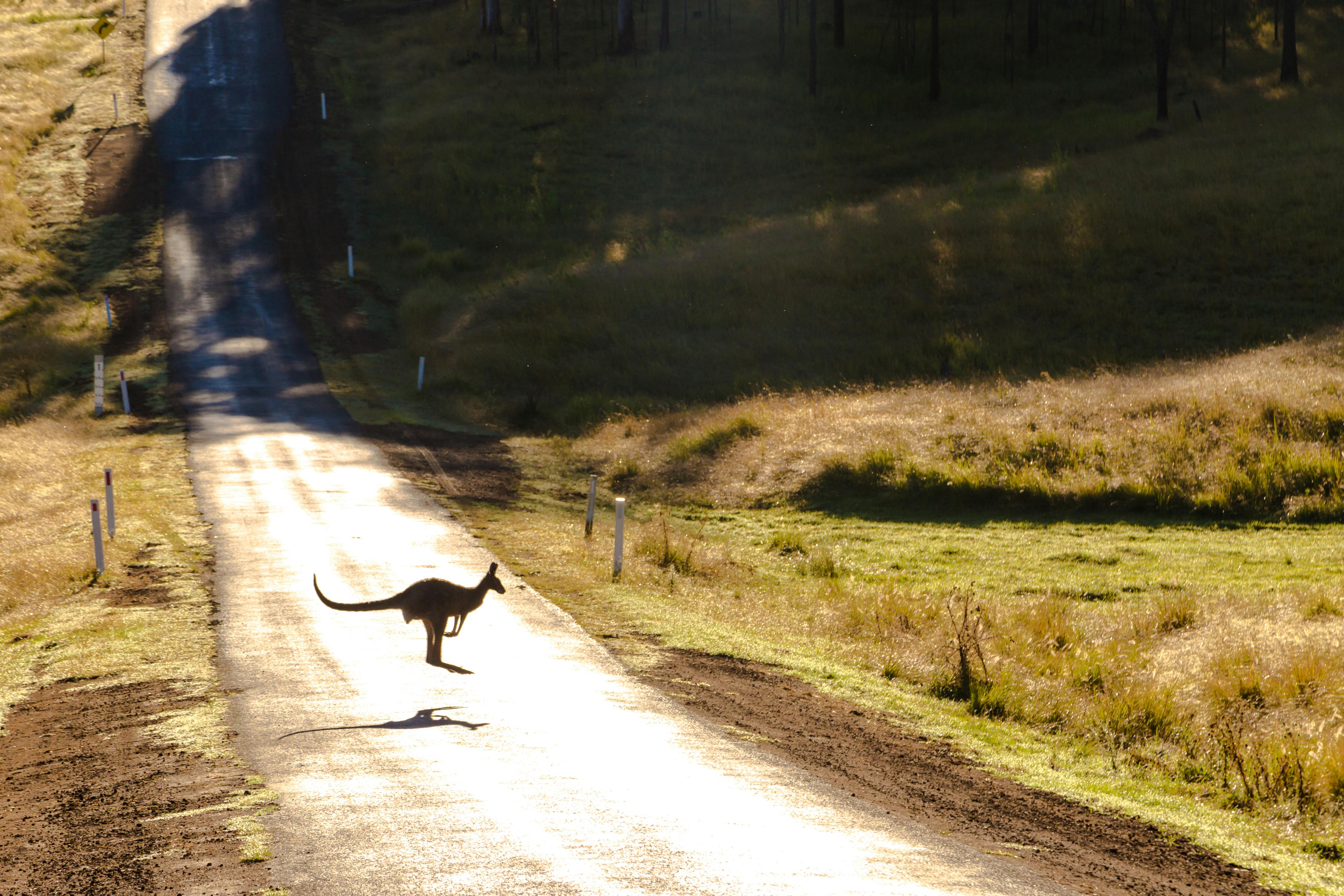"Unmasking the Marsupials: Delving into the Lives of Kangaroos"
Dressed in their iconic boxing poses, kangaroos have been a symbol of Australia for centuries. These marsupials, belonging to the Macropodidae family, have a rich history dating back to the Pleistocene epoch. Fossil records suggest that the ancestors of modern kangaroos were small tree-dwelling creatures that gradually evolved to hop on two legs—an adaptation that allowed them to traverse the vast expanses of the Australian Outback with ease.

The Kangaroo Today: Not Just a National Symbol
Kangaroos are not just an emblem on Australia’s coat of arms; they are an integral part of the country’s ecosystem. Recent surveys estimate that there are more than 50 million kangaroos in Australia, outnumbering humans. However, they are not merely limited to the Outback. Urban kangaroo populations are becoming increasingly common, leading to unique challenges in human-wildlife coexistence.
Market Impact: The Kangaroo Industry
Kangaroo products, including meat and leather, are significant contributors to Australia’s economy. Despite controversies, the industry is estimated to be worth around $200 million annually. Advocates argue that kangaroo harvesting is a sustainable practice that helps control population numbers, whereas critics raise animal welfare concerns.
Kangaroo Conservation: Balancing Act
While some kangaroo species are abundant, others are on the brink of extinction. The IUCN Red List includes several kangaroo species as vulnerable or endangered. The main threats include habitat loss, climate change, and, ironically, overabundance. Effectively managing kangaroo populations—balancing ecological, economic, and welfare concerns—is a complex task for conservationists.
What Lies Ahead: Kangaroos in the Future
Climate change and increasing urbanization are poised to transform the lives of kangaroos. Researchers predict that these shifts will push kangaroos into new habitats, potentially leading to increased conflict with humans. The future of kangaroos hinges on our ability to adapt our management strategies and foster coexistence with these quintessentially Australian creatures.
In conclusion, kangaroos are fascinating creatures with a rich history and a complex present. They are more than just national symbols; they are crucial components of the Australian landscape that present unique challenges and opportunities. As we look towards the future, it is clear that our understanding and treatment of kangaroos will play a vital role in shaping the Australia of tomorrow.




